________________________________________________________________________________
1106 Perkins Engine - Electrical and Electronic System
Electrical System
The 1106 Perkins electrical system is a negative ground system. The
charging circuit operates when the engine is running. The alternator in
the charging circuit produces direct current for the electrical system.
Starting Motor - The starting motor turns the engine via a gear on the
engine flywheel. The starting motor speed must be high enough in order
to initiate a sustained operation of the fuel ignition in the cylinders.
The starting motor has a solenoid. When the ignition switch is
activated, voltage from the electrical system will cause the solenoid to
move the pinion toward the flywheel ring gear of the engine. The
electrical contacts in the solenoid close the circuit between the
battery and the starting motor just before the pinion engages the ring
gear.

12 Volt Starting Motor - (1) Terminal for connection of the ground cable
(2) Terminal 30 for connection of the battery cable (3) Terminal 50 for
connection of the
ignition switch

24 Volt Starting Motor - (1) Terminal for connection of the ground (2)
Terminal 30 for connection of the battery cable (3) Terminal 50 for
connection of ignition
switch
This causes the starting motor to rotate. This type of activation is
called a positive shift. When the engine begins to run, the overrunning
clutch of the pinion drive
prevents damage to the armature. Damage to the armature is caused by
excessive speeds. The clutch prevents damage by stopping the mechanical
connection. However, the pinion will stay meshed with the ring gear
until the ignition switch is released. A spring in the overrunning
clutch returns the clutch to the
rest position.
Alternator - The electrical outputs of the alternator have the following
characteristics: Three-phase, Full-wave, Rectified. The engine
alternator is an electro-mechanical component. The alternator is driven by a belt from the
crankshaft pulley. The alternator charges the storage battery during the
engine operation. The
alternator is cooled by an external fan which is mounted behind the
pulley. The fan may be mounted internally. The fan forces air through
the holes in the front of
the alternator. The air exits through the holes in the back of the
alternator.
The alternator converts the mechanical energy and the magnetic field
into alternating current and voltage. This conversion is done by
rotating a direct current
electromagnetic field on the inside of a three-phase stator. The
electromagnetic field is generated by electrical current flowing through
a rotor. The stator
generates alternating current and voltage. The alternating current is
changed to direct current by a three-phase, full-wave rectifier. Direct
current flows to the
output terminal of the alternator. The direct current is used for the
charging process.
A regulator is installed on the rear end of the alternator. Two brushes
conduct current through two slip rings. The current then flows to the
rotor field. A capacitor
protects the rectifier from high voltages. The alternator is connected
to the battery through the ignition switch. Therefore, tractor
alternator excitation occurs when
the switch is in the ON position.
Electronic Control System
The Electronic Control Module (ECM) and the sensors are located on the
left side of the 1106 Perkins engine.

A typical example of an electronic control system - (1) Coolant
Temperature Sensor (2) Inlet Manifold Temperature Sensor (3) Inlet
Manifold Pressure Sensor (4)
Fuel Pressure Sensor (5) Electronic Control Module (ECM) (6) Oil
Pressure Sensor (7) Primary Speed/Timing Sensor (8) Secondary
Speed/Timing Sensor (9)
Solenoid for the Fuel Injection Pump
If equipped, the wastegate solenoid is installed on the right side of
the engine.
Connector Function
P1 - Machine Harness to Electronic Control Module Connector (64 Pin
Connector)
P2 - Engine Harness to ECM Connector (64 Pin Connector)
P500 - Fuel Rail Pump Solenoid Connector (2 Pin Connector)
P402 - Secondary Speed/Timing Sensor (2 Pin Connector)
P401 - Primary Speed/Timing Sensor (2 Pin Connector)
P201 - Engine Oil Pressure Sensor (3 Pin Connector)
P204 - Fuel Rail Pressure Sensor (3 Pin Connector)
P200 - Intake Manifold Pressure Sensor (3 Pin Connector)
P103 - Intake Manifold Temperature Sensor (2 Pin Connector)
P100 - Coolant Temperature Sensor (2 Pin Connector)
J23 - Diagnostic Connector
P681/J681 - Electronic Unit Injectors for No. 1 and No. 2 Cylinders (4
Pin Connector)
P682/J682 - Electronic Unit Injectors for No. 3 and No. 4 Cylinders (4
Pin Connector)
P683/J683 - Electronic Unit Injectors for No. 5 and No. 6 Cylinders (4
Pin Connector)
P601 - Wastegate Valve (if equipped) (2 Pin Connector)
The 1106 Perkins 6 cylinder diesel engine with electronically controlled
was designed for electronic control. The engine has an Electronic
Control Module (ECM),
a fuel injection pump and electronic unit injectors. All of these items
are electronically controlled. There are also a number of engine
sensors. Turbocharged
engines can be equipped with an electronically controlled waste gate for
the turbocharger. The Diesel Engine Electronic Control Module (ECM)
controls the
engine operating parameters through the software within the ECM and the
inputs from the various sensors. The software contains parameters that
control the
engine operation. The parameters include all of the operating maps and
customer selected parameters.
The electronic control system has the following components: ECM
(Electronic Control Module), Pressure sensors, Temperature Sensors,
Crankshaft position
sensor, Secondary position sensor, The solenoid for the fuel injection
pump, Wastegate solenoid, Electronic unit injectors.
________________________________________________________________________________
________________________________________________________________________________________
________________________________________________________________________________________
________________________________________________________________________________________
________________________________________________________________________________________
________________________________________________________________________________________
________________________________________________________________________________________
________________________________________________________________________________________
________________________________________________________________________________________
________________________________________________________________________________________
________________________________________________________________________________________
________________________________________________________________________________________
________________________________________________________________________________________
________________________________________________________________________________________
________________________________________________________________________________________
________________________________________________________________________________________
________________________________________________________________________________________
________________________________________________________________________________________
________________________________________________________________________________________
________________________________________________________________________________________
________________________________________________________________________________________

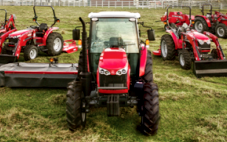 SPECS
SPECS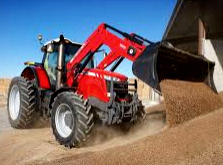 LOADERS
LOADERS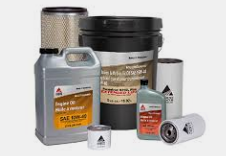 MAINTENANCE
MAINTENANCE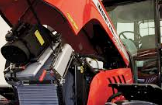 PROBLEMS
PROBLEMS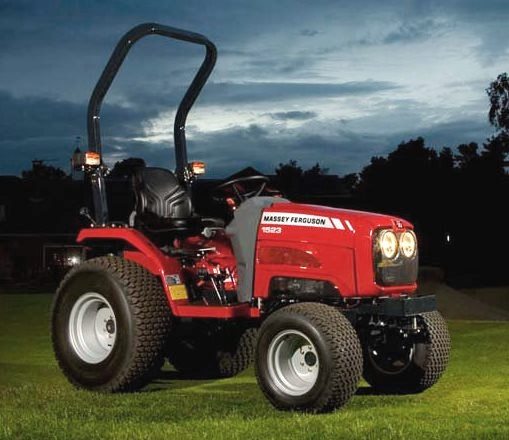 MF 1523
MF 1523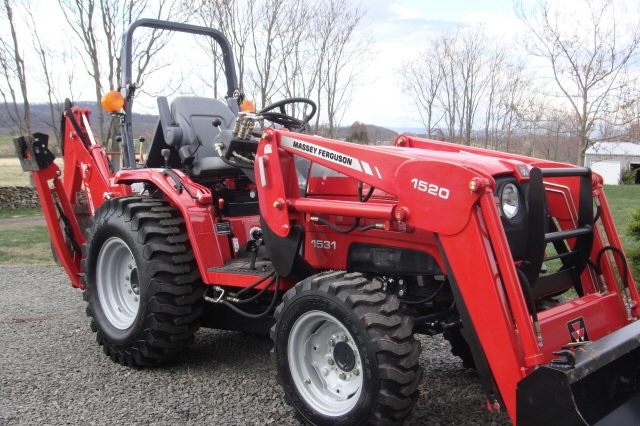 MF 1531
MF 1531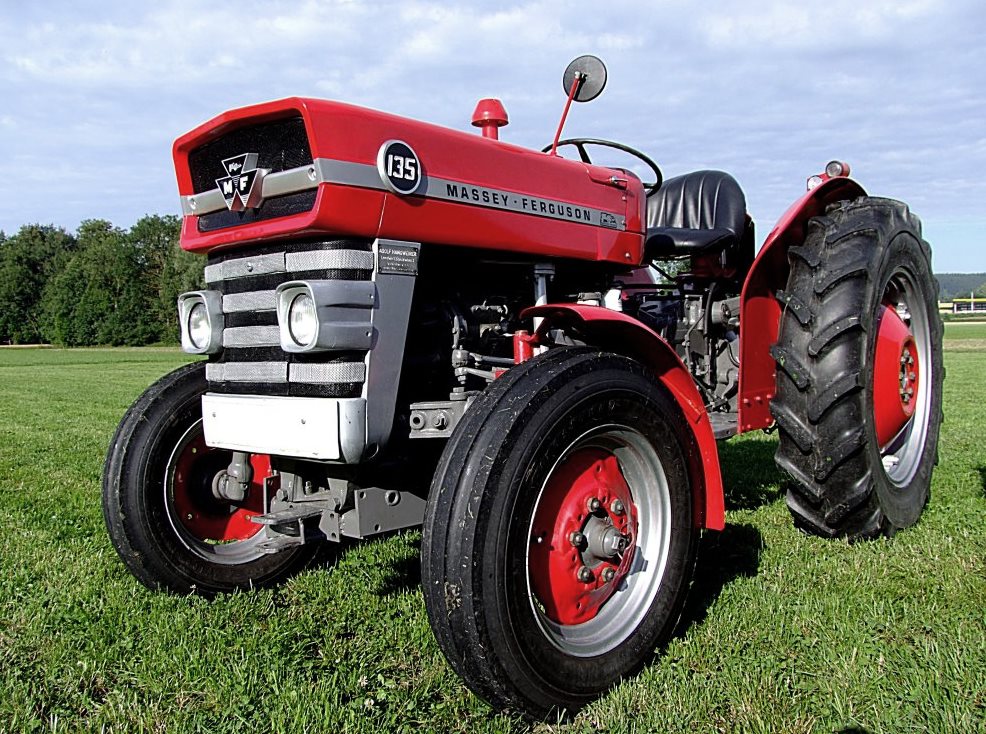 MF 135
MF 135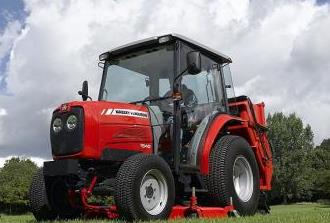 MF 1547
MF 1547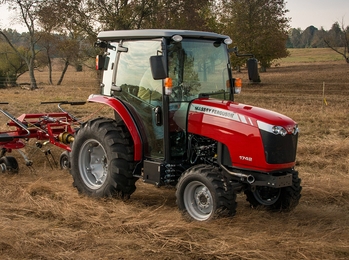 MF 1635
MF 1635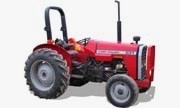 231
231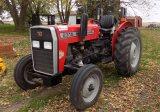 231S
231S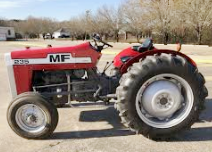 235
235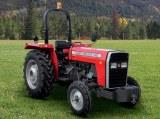 240
240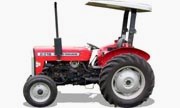 241
241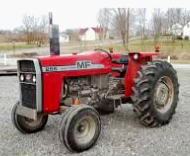 255
255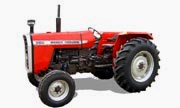 265
265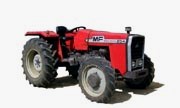 274
274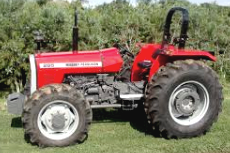 285
285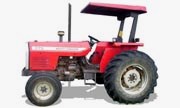 375
375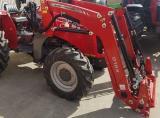 916X Loader
916X Loader 921X Loader
921X Loader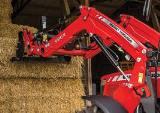 926X Loader
926X Loader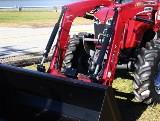 931X Loader
931X Loader 936X Loader
936X Loader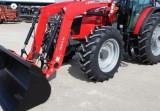 941X Loader
941X Loader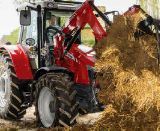 946X Loader
946X Loader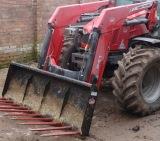 951X Loader
951X Loader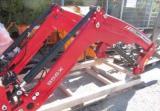 956X Loader
956X Loader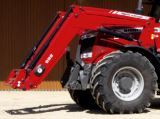 988 Loader
988 Loader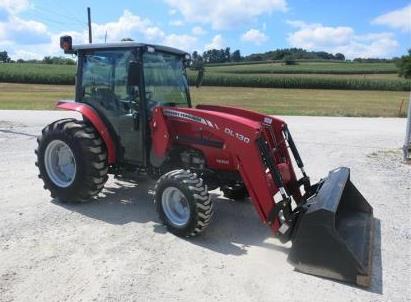 1655
1655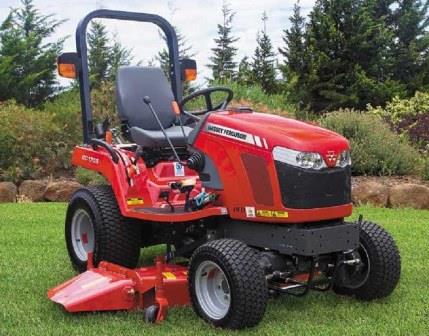 GS1705
GS1705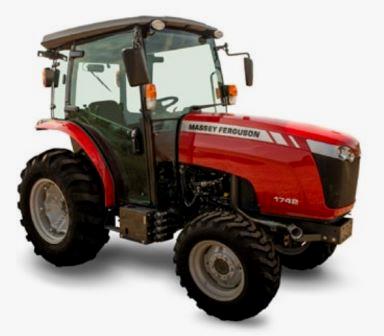 1742
1742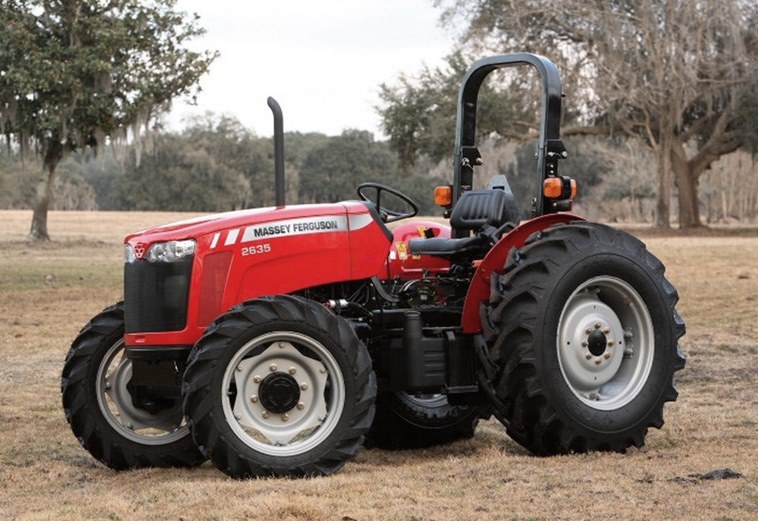 2635
2635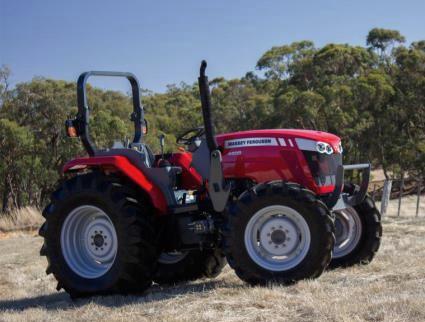 4608
4608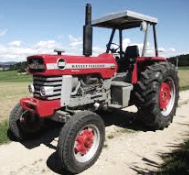 1080
1080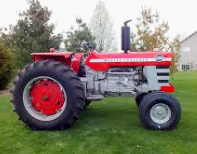 1100
1100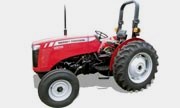 2615
2615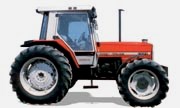 3050
3050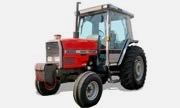 3060
3060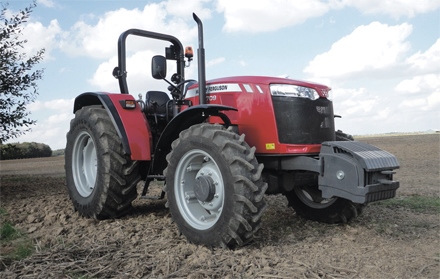 4708
4708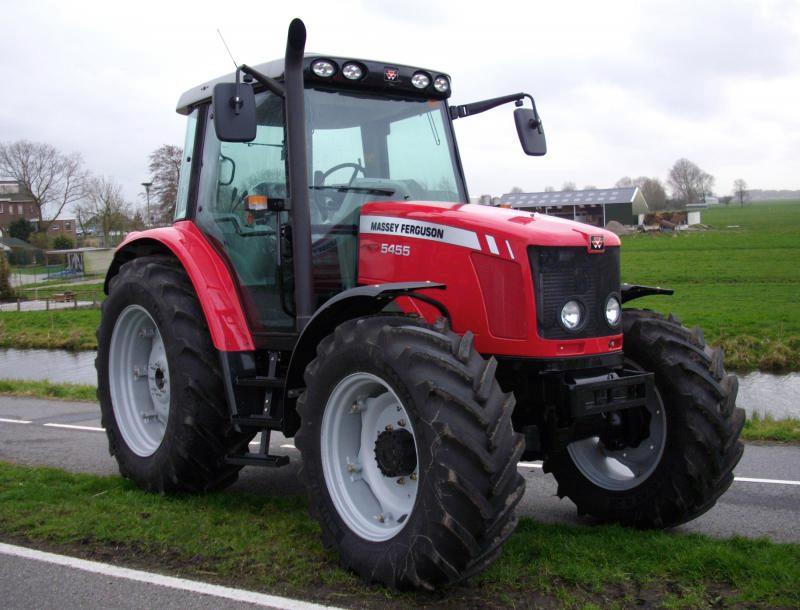 5455
5455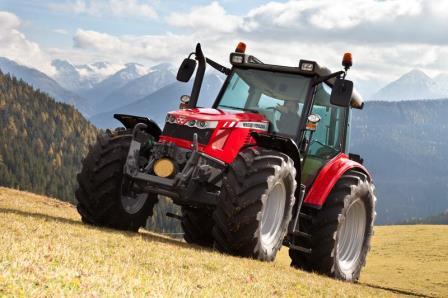 5450
5450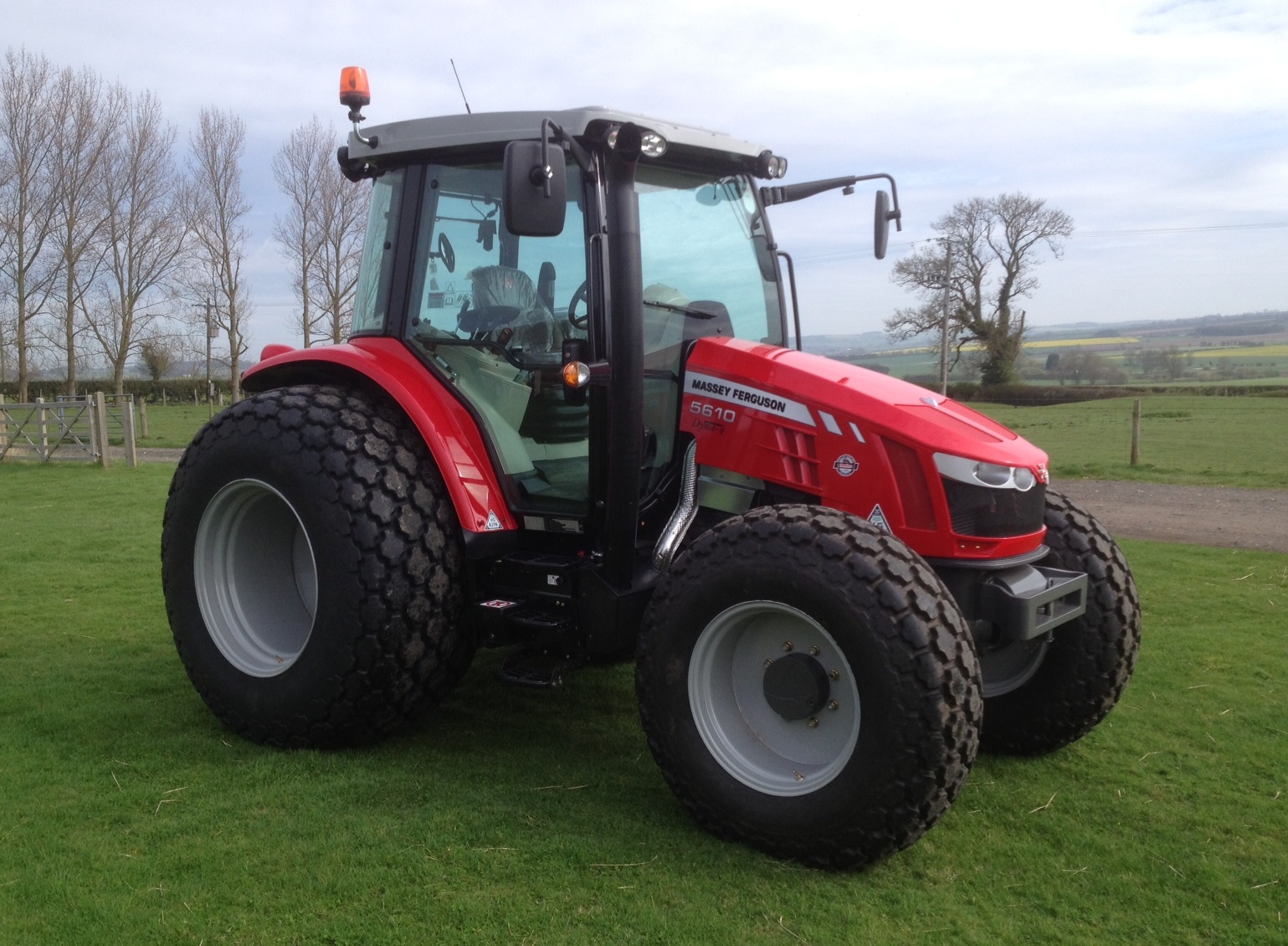 5610
5610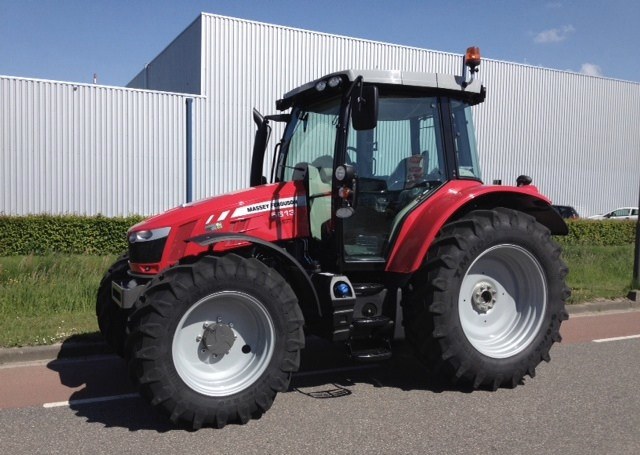 5613
5613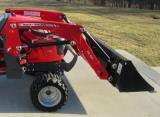 DL95 Loader
DL95 Loader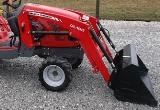 DL100 Loader
DL100 Loader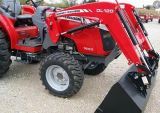 DL120 Loader
DL120 Loader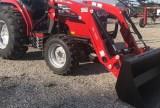 DL125 Loader
DL125 Loader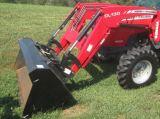 DL130 Loader
DL130 Loader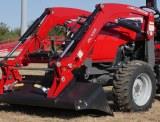 DL135 Loader
DL135 Loader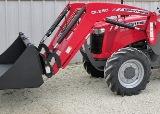 DL250 Loader
DL250 Loader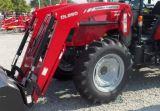 DL260 Loader
DL260 Loader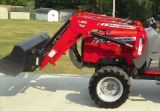 L90 Loader
L90 Loader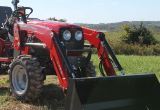 L100 Loader
L100 Loader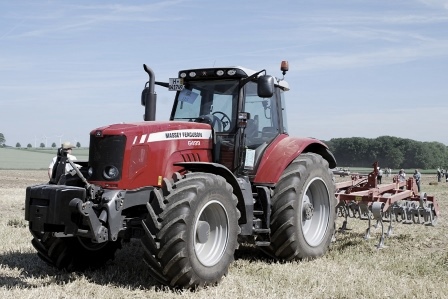 6499
6499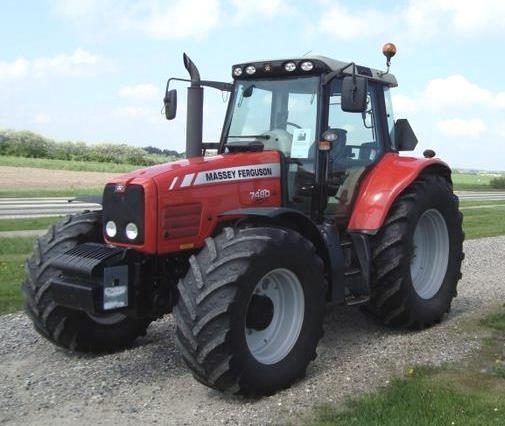 7480
7480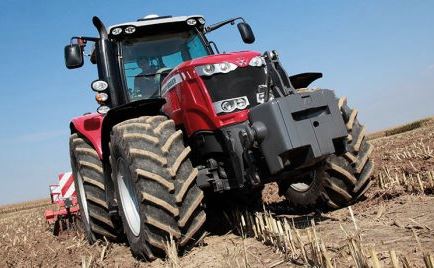 7618
7618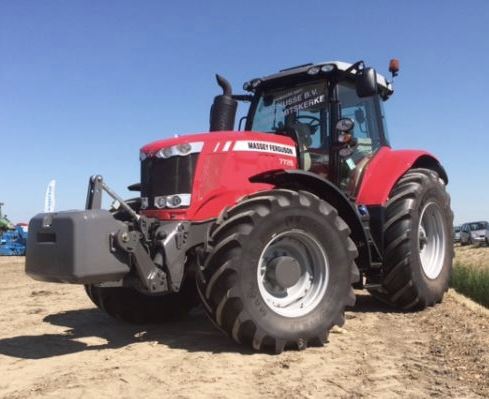 7726
7726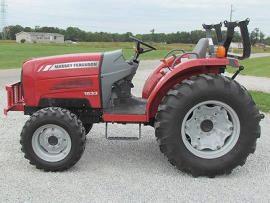 1533
1533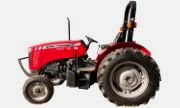 2604H
2604H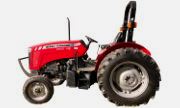 2607H
2607H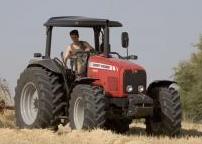 4455
4455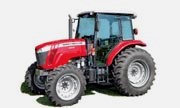 4610M
4610M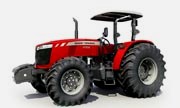 4710
4710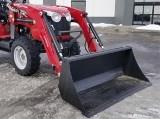 L105E Loader
L105E Loader L210 Loader
L210 Loader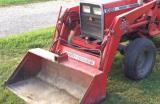 1014 Loader
1014 Loader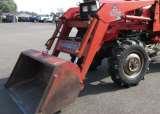 1016 Loader
1016 Loader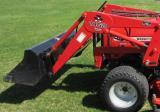 1462 Loader
1462 Loader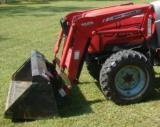 1525 Loader
1525 Loader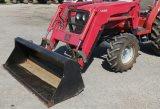 1530 Loader
1530 Loader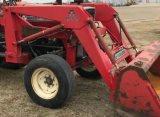 232 Loader
232 Loader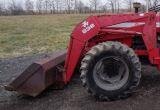 838 Loader
838 Loader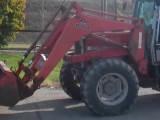 848 Loader
848 Loader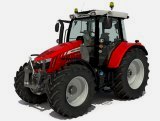 5712SL
5712SL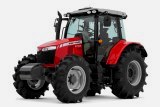 6713
6713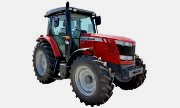 6715S
6715S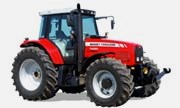 7475
7475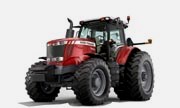 7615
7615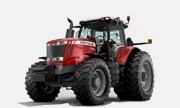 7716
7716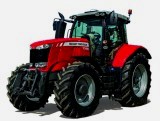 7724
7724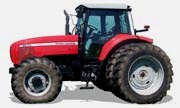 8240
8240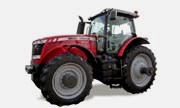 8650
8650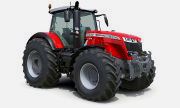 8732
8732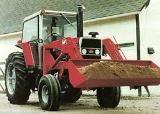 246 Loader
246 Loader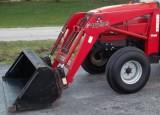 1036 Loader
1036 Loader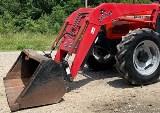 1038 Loader
1038 Loader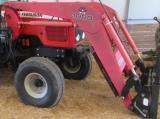 1080 Loader
1080 Loader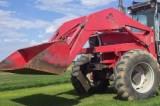 856 Loader
856 Loader